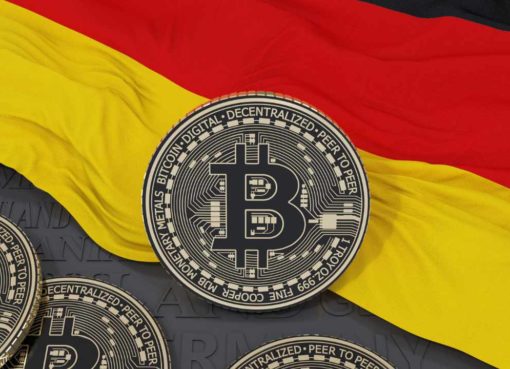Bitcoin’s inflation rate has plummeted to a historic low of approximately 1.74% following the recent Bitcoin halving. With 93.3% of Bitcoin already mined, amounting to 19.6 million out of a possible 21 million BTC, the scarcity element is poised to escalate demand, potentially propelling the leading cryptocurrency’s price surge. In contrast, fiat currencies grapple with higher inflation rates due to governmental controls and economic policies. For instance, in 2023, countries like Argentina encountered exceptionally high inflation rates, hitting 161.0%, as per Inflation Data. The European Union reported more moderate levels, with the euro area’s annual inflation rate at 2.9% in December 2023.
The recent halving event is anticipated to further diminish Bitcoin’s inflation rate, impacting both its scarcity and investor sentiment. The trend suggests that each halving event, which halves the reward for mining new blocks, tends to bolster buyer interest due to reduced supply growth.
According to a report from CoinGecko, historical data reveals a consistent trend of significant growth in Bitcoin prices following each halving event. Following the first halving in 2012, Bitcoin’s price surged by an impressive 8,858%. Subsequent halvings witnessed diminishing returns, with increases of 294% and 540% respectively, yet the pattern of price spikes post-halving remains discernible. These events not only affect Bitcoin but also resonate across other leading cryptocurrencies, such as Ethereum, albeit with varying impacts due to differing supply mechanisms.
The completion of the fourth halving has triggered speculation within the cryptocurrency community regarding short-term market dynamics. Recently, Bitwise noted that while the month immediately following the halving typically witnesses a modest price decline, the subsequent year often heralds exponential gains. After the 2012 halving, Bitcoin experienced a meager 9% increase in the month post-halving, only to soar by a staggering 8,839% over the following year. Similar patterns were observed after the 2016 and 2020 halvings, with Bitcoin’s price witnessing significant surges in the year following each event.
Bitcoin’s market cap fluctuations around halving events provide valuable insights into consumer behavior during these critical periods. Initially pegged at $123.3 million during the first halving, the market cap swiftly surged to $947.4 million shortly thereafter.
Similar patterns were observed in subsequent halvings, reflecting a tendency among Bitcoin holders to speculate around halving events, often opting to hold onto their assets in anticipation of value increases. The analysis of pre-and post-halving periods suggests a strong inclination toward holding Bitcoin, deemed to become more valuable as future supply constraints tighten post-halving.
Featured Image: Freepik




